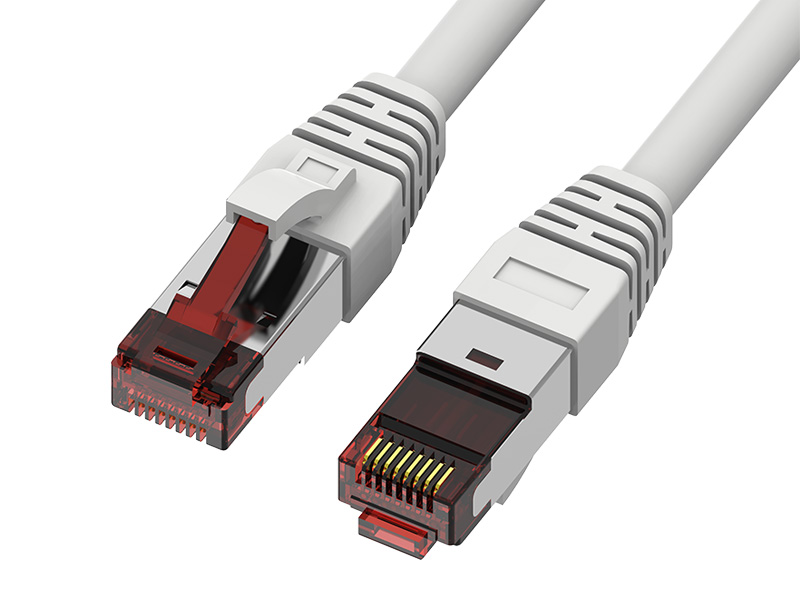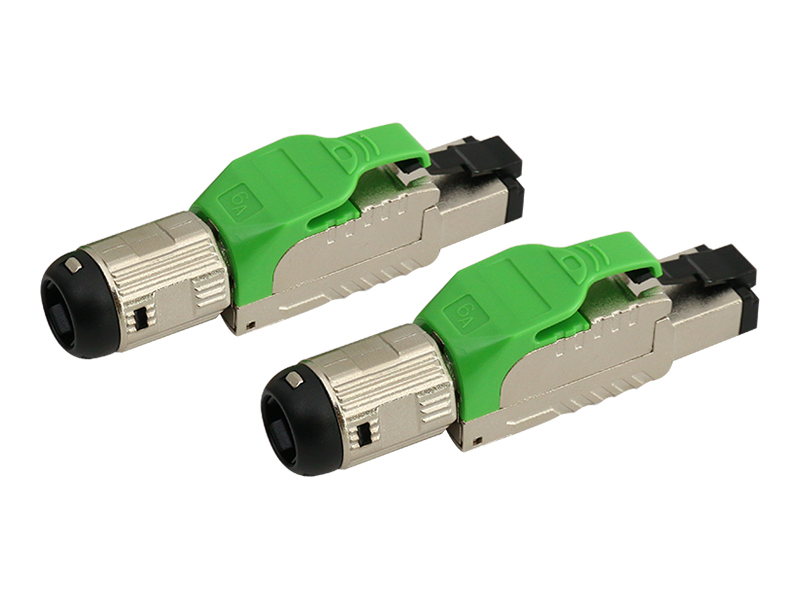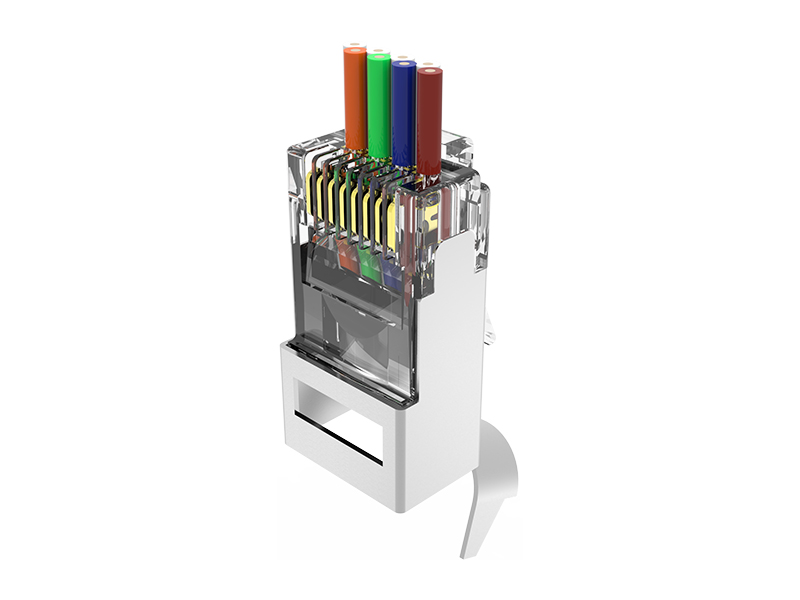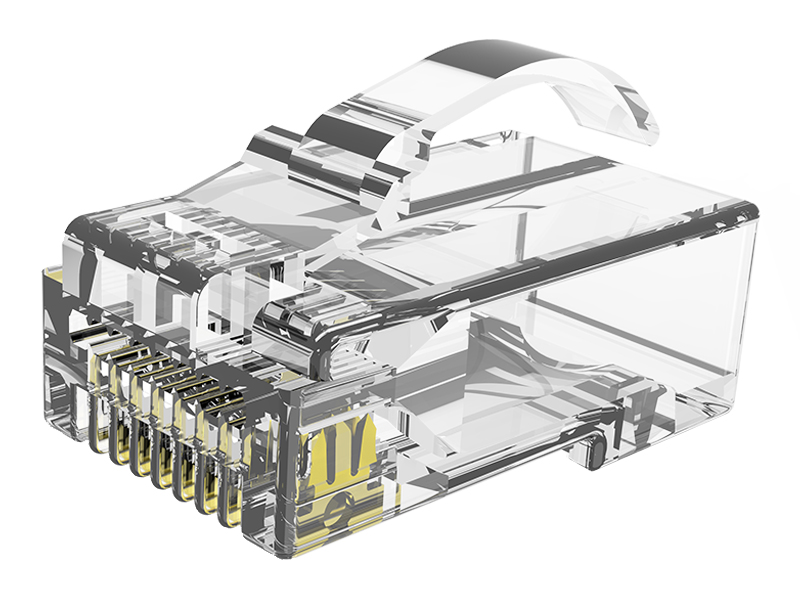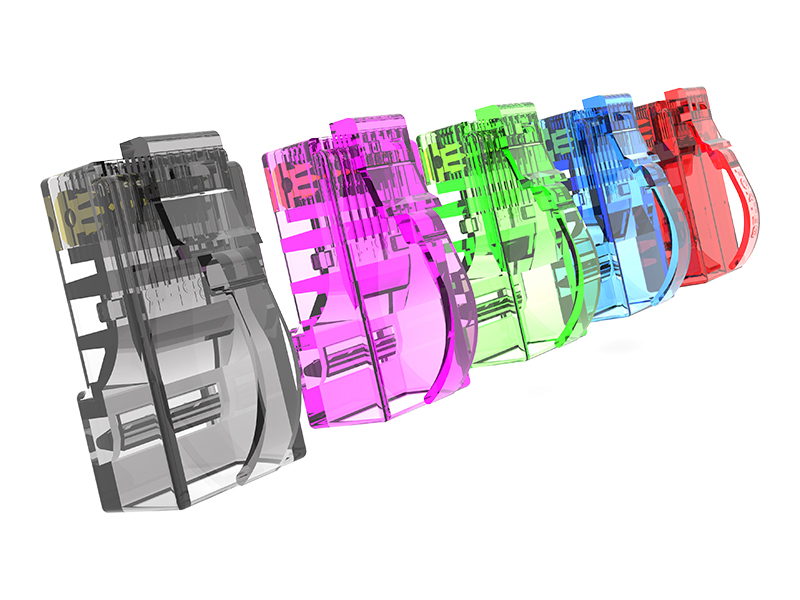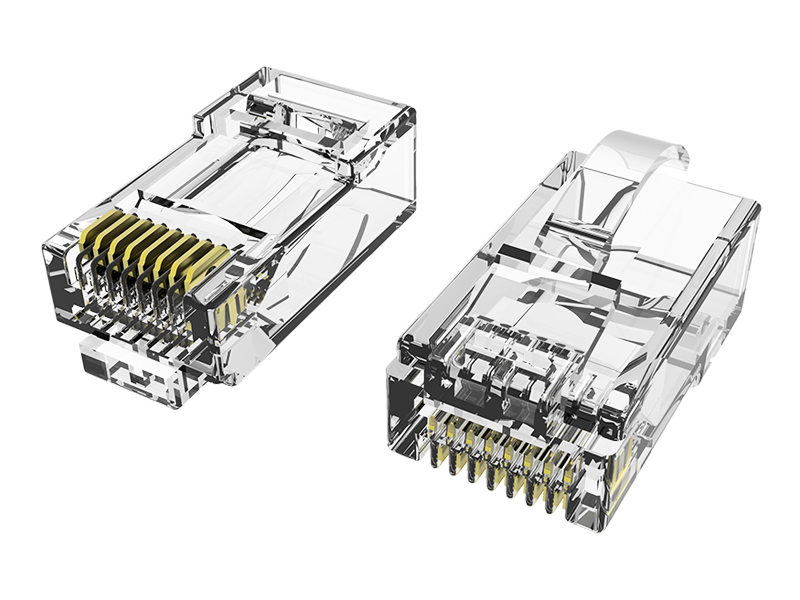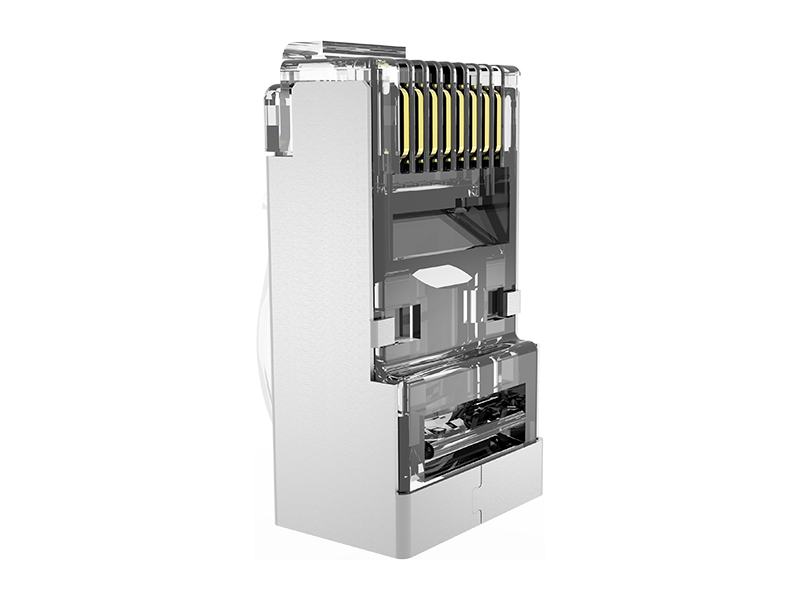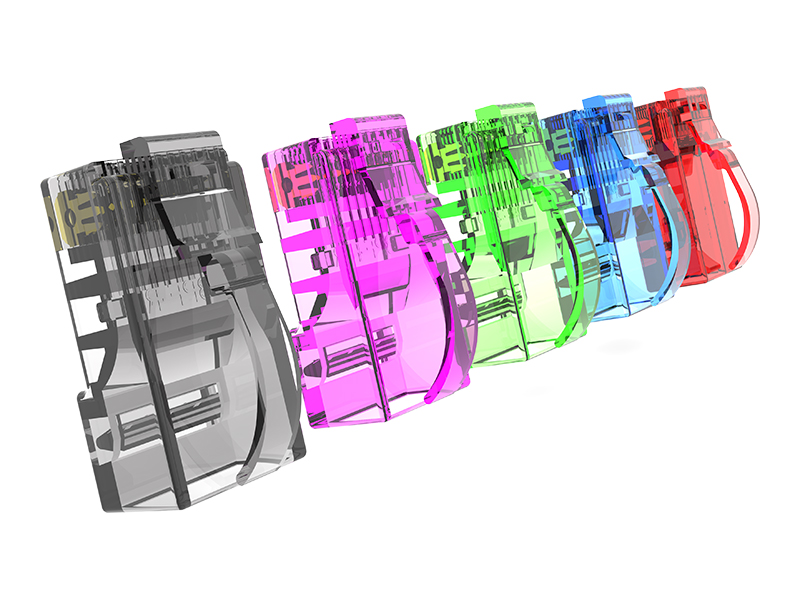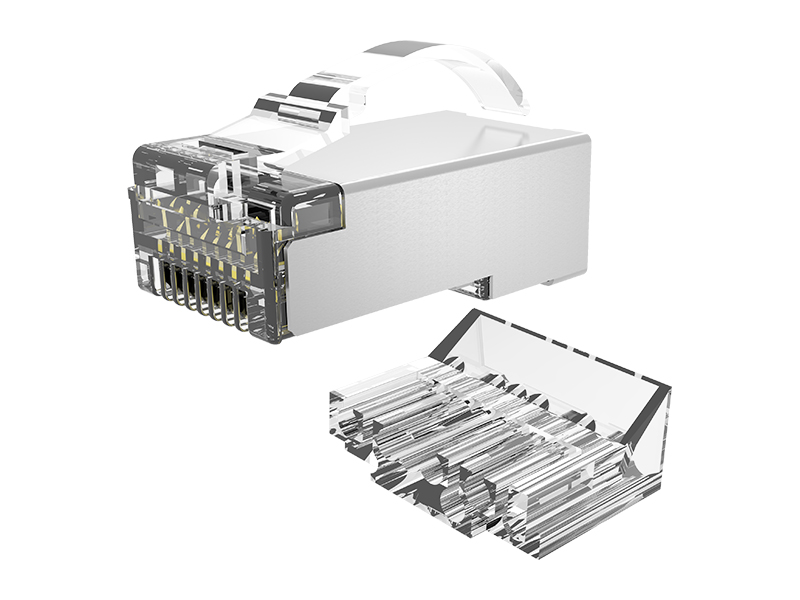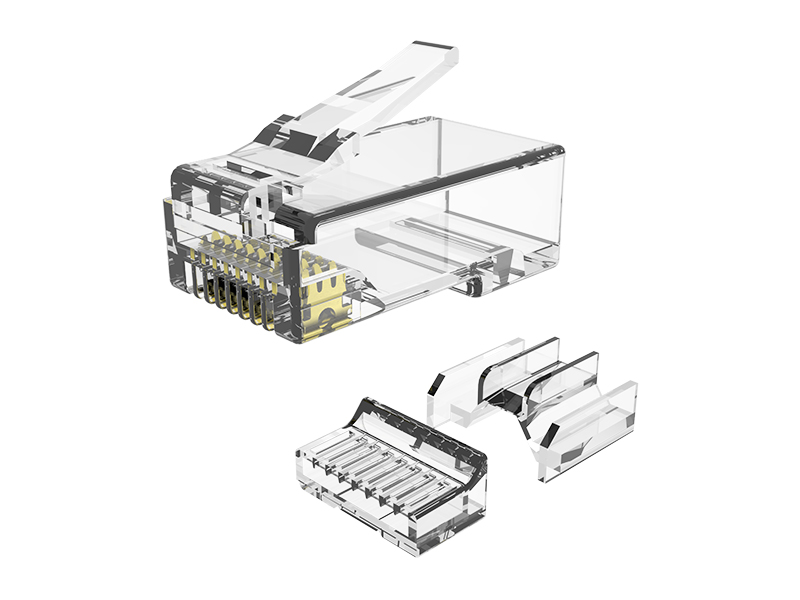The resistance value between the contacts of a pass through connector can indeed affect the quality of signal transmission, especially in high-frequency signals or precision electronic applications. Here are a few detailed explanations:
1. Definition of Contact Resistance
Contact resistance refers to the resistance value between the contact points of a connector. It is determined by factors such as contact material, surface roughness, pressure, and oxide layer.
Excessive contact resistance may cause signal attenuation, distortion, and even signal interruption.
2. Affects signal quality
Signal attenuation: When the contact resistance increases, the strength of the signal will weaken during transmission, especially in high-frequency or high-speed digital signal transmission, where this attenuation will be more pronounced.
Signal distortion: High contact resistance can cause signal waveform distortion, affecting the waveform quality of the signal, especially for analog signals, where a decrease in signal quality can pass throughly lead to data errors.
Increased noise: Poor contact resistance may cause uneven current flow, thereby increasing noise, especially in sensitive communication systems or data transmission.
3. High frequency performance issues
The influence of contact resistance is particularly evident in high-frequency signal transmission. High contact resistance can cause problems such as signal reflection and transmission delay, thereby reducing the quality of signal transmission.
For applications in the radio frequency (RF) and microwave frequency bands, the smaller the value of contact resistance, the higher the quality of signal transmission.
4. Temperature rise and reliability
In the case of high contact resistance, the heat generated when current flows through may increase the temperature rise of the contact point, which further affects signal transmission and the long-term stability of the connector, and may even cause connector failure.
Long term high temperature may cause oxidation or melting of the contact surface, further exacerbating the decline in signal quality.
5. Affects data transmission rate
In high-speed data transmission applications, an increase in contact resistance may lead to an increase in bit error rate (BER), thereby reducing the data transmission rate.
For some precision electronic devices, minor errors during transmission may accumulate, causing the device to malfunction.



 中文简体
中文简体 English
English Français
Français Deutsch
Deutsch عربى
عربى

